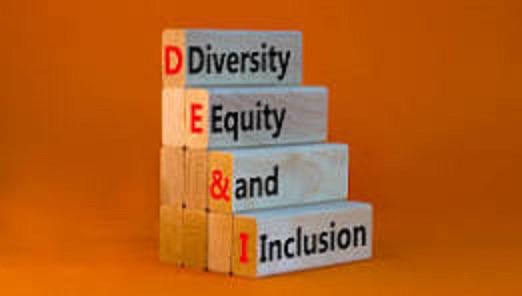Author: Chuck Hinshaw – CTR Therapist
My name is Chuck Hinshaw, and I am a 77-year-old white, cisgender, heterosexual male. What in the world could diversity, equity, and inclusion (DEI) social programs — which were developed in the 1960s, but have become extraordinarily popular since the 2000s — have to do with me? What are DEI programs anyway?
DEI is a set of policies and programs that promote the workplace participation of individuals from different ages, races, ethnicities, abilities, genders, religions, cultures, sexual orientations, backgrounds, experiences, skills and expertise. All of this, while also creating conditions of equity — fairness, rather than mere equality — and inclusion — providing access to opportunities and resources for those who might otherwise be excluded. The idea: Together, we are better.
Unfortunately, DEI programs in white-dominated business cultures have been failing. Why, you might ask, is that true? According to Lily Zheng in her book DEI Deconstructed, there are three reasons: (1) employee fatigue and backlash from a denial of inequality, (2) lack of organizational support, and (3) no consequences for a failure to meet goals. To me, it is Reason 2 that makes the difference; if DEI is not part of the culture of the organization, it is doomed to failure.
DEI became extremely important to me when I joined a social justice agency where 80% of the staff are people of color and 90% are women. What happens to that organization when the new person appears to be the very image of the stereotypical conservative older white male dominance that obstructs most progressive ideas and policies in this country today and is the enemy of all you are trying to do? That was the situation in August 2022 when I began my social work internship at CTR.
Over 18 months later, the answer is the same as it was on day one: DEI is alive and well and working exactly as its originators intended it should at CTR. From the very beginning, I was welcomed onto a team that operated in a collegial, cooperative manner that respects every individual in it — their strengths, their skills, their life experiences and their dedication to accomplishing the mission of service to others in our community. I won’t say we are like a family, because we aren’t. What we are is a collective of highly motivated people with disparate skill sets and life experiences who seek growth in ourselves as we perform to the best of our ability our individual tasks and jobs. We are not colorblind at CTR, or any other kind of blind. We see each other exactly for who we are. As a group, we eat together, we train together, we work out problems together, we support each other in personal and professional triumphs or difficulties, and we are always willing to help one another.
So why does this work? Among the many reasons, it’s the policy of the “meet and greet,” which is done at the beginning of our careers at CTR. Each of us sits down one-to-one with every member of the staff, and we tell each other face-to-face who we are and why we are at CTR. There are other parts of the meet and greet, but speaking about who we are sets the tone. If we are genuine and authentic in who we say we are, and if we show that we are who we say we are, we will belong in this diverse group and succeed regardless of any of our intersectional identities.
DEI is in the DNA of CTR.

